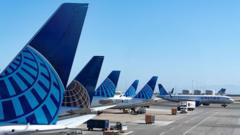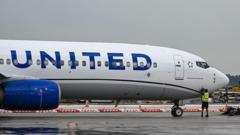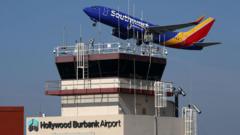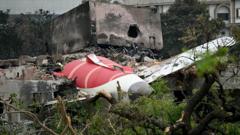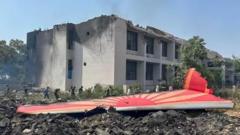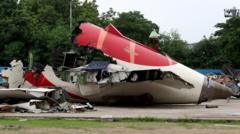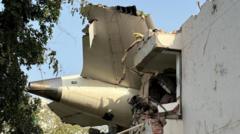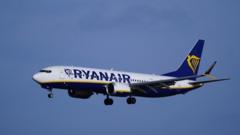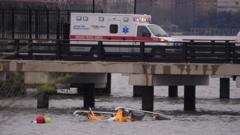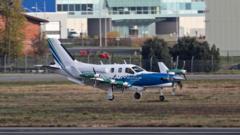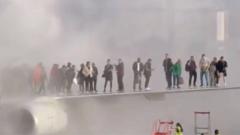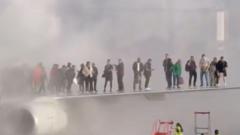Air traffic controllers at Newark Liberty International Airport experienced a severe disruption last week when they momentarily lost communication with aircraft under their supervision. This incident, which occurred on April 28, led to several employees being placed on trauma leave and resulted in a major impact on flight operations, with hundreds of flights delayed or diverted. On Monday alone, tracking website FlightAware reported over 150 flight cancellations.
The airport, which is one of New York’s busiest transport hubs, has been struggling with staff shortages for an extended period. The Federal Aviation Administration (FAA) recognized in a recent statement that "our antiquated air traffic control system is affecting our workforce." This acknowledgment comes amidst a wave of criticism directed at the airport's air traffic control operations.
According to United Airlines, the ongoing communication failures have compounded operational issues, as the airline announced it would be canceling 35 flights daily due to Newark's inability to handle the current high volume of scheduled flights. United CEO Scott Kirby cited that over 20% of FAA controllers "walked off the job," exacerbating the crisis.
The National Air Traffic Controllers Association confirmed that the employees' trauma leave was taken under provisions for those experiencing workplace trauma, although details on the number of controllers affected or the duration of their communication loss were not disclosed.
In response to the situation, the U.S. Department of Transportation recently unveiled a comprehensive plan aimed at enhancing the recruitment and retention of FAA air traffic controllers. The FAA stated that it aims to onboard at least 2,000 new controllers this year as it seeks to bolster its workforce amidst increasing operational demands.
Notably, the challenges faced at Newark come on the heels of notable personnel changes within the FAA, including the dismissal of hundreds of agency employees following a deadly mid-air collision in Washington, DC, earlier this year. The agency has reiterated its commitment to hiring and integrating new air traffic controllers and safety personnel to prevent future incidents.



